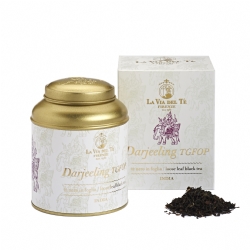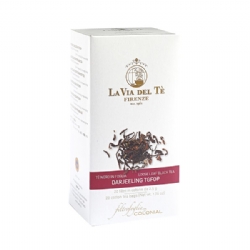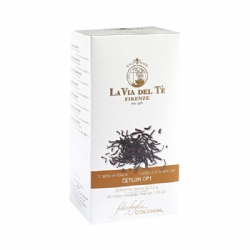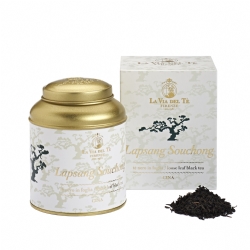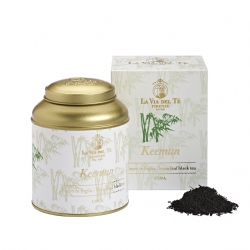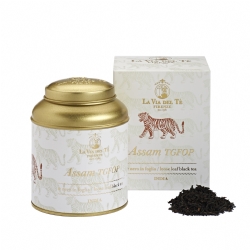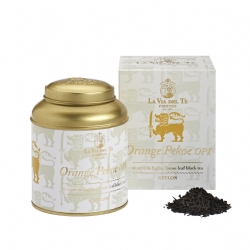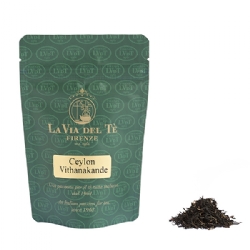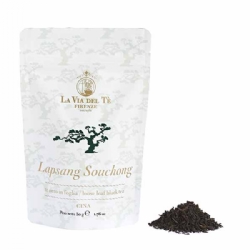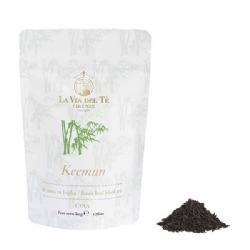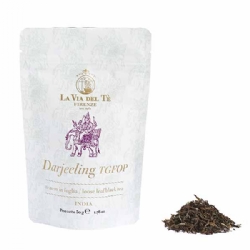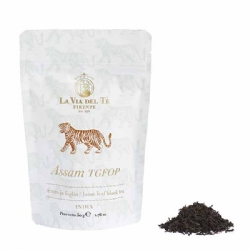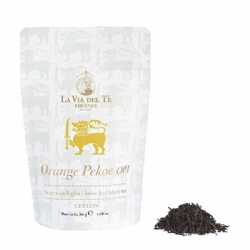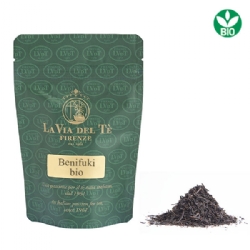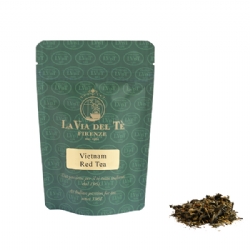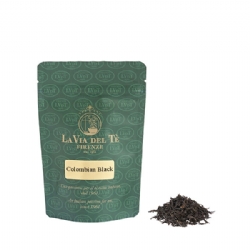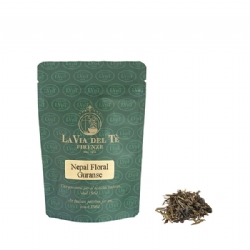
Black tea
Known as "red tea" in China, black tea is now cultivated worldwide.
There are two major types of processing methods for manufacturing black tea: orthodox and CTC (cutting-tearing-curling).
Orthodox black teas are loose-leaf artisan-made teas in a variety of different styles and types and are reserved for more prized teas. CTC method gives uniform-looking tea mainly used for paper tea bags.
There are three fundamental steps in the processing of orthodox black tea: withering, rolling and oxidation.
During the withering phase the fresh leaves and the freshly picked tea buds, arranged in layers, undergo slight natural oxidation and lose most of the water content, becoming pliable given the subsequent steps.
The rolling step starts the true oxidation process by breaking the leaf's cells and releasing the natural juices and chemicals. This is done with a rolling machine that presses and twists the leaves, breaking the inner cells.
The third stage is oxidation. It's during this stage that the leaf begins to develop the recognizable aroma and flavour of black tea, darkening in colour, and developing compounds responsible for the orange-red colour of the teacup, through a process called “polyphenol oxidase”.
For this third step, the leaves are spread out in thin layers in cool, humid air and left to oxidize for 20 to 30 minutes or more, depending on climate and air temperature.
Black tea can be steeped with hot water.

